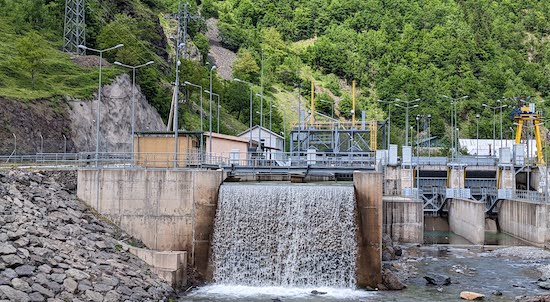Climate Finance: Is it doing more harm than good?

With COP28 underway this week, our attention turns to financial institutions and their role in the climate crisis, prompting questions about the effectiveness of climate finance and emphasizing the pressing need for strengthened accountability and meaningful remedy.
Financial institutions play a dual role in the climate crisis. On the one hand, many of their investments, particularly in fossil fuel projects, have contributed to climate change, causing issues like community displacement, environmental degradation, economic disruption, and conflict. On the other hand, these institutions have committed themselves to combating climate change and promoting sustainable development. They do so by allocating substantial financial resources, known as ‘climate finance’, to projects aimed at reducing greenhouse gas emissions and mitigating global warming effects. This includes climate adaptation and resilience projects, designed to help communities in coping with and withstanding the effects of climate change.
In recent years, there has been an increase in the allocation of climate finance across multilateral development banks (MDBs). In 2022, a joint report by MDBs disclosed that low- and middle-income countries received approximately $60.9 billion in climate financing. The World Bank alone contributed over 40% of this amount, providing $26.2 billion in climate funds. Looking ahead, the Independent High-Level Expert Group on Climate Finance anticipates that by 2030, the developing world will need to spend around $2.4 trillion annually to address climate change and meet the goals of the Paris Agreement.
Read the full article here and subscribe to the Accountability Console monthly newsletter here for more stories like this.

